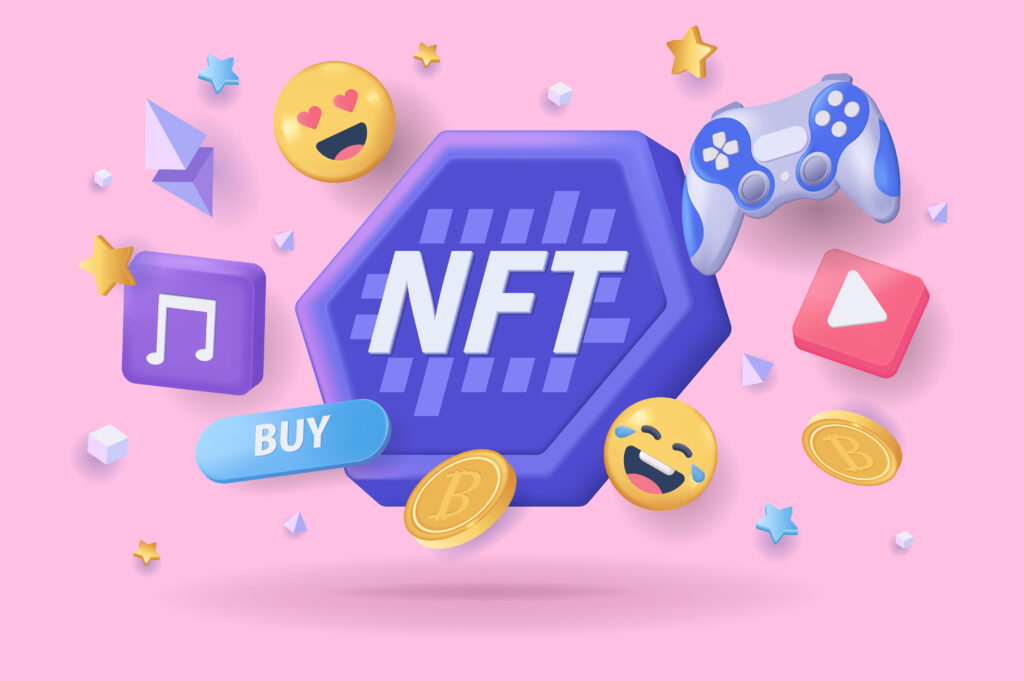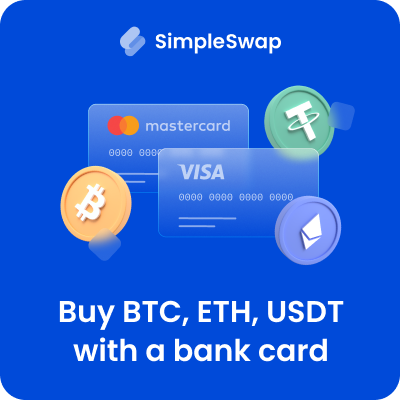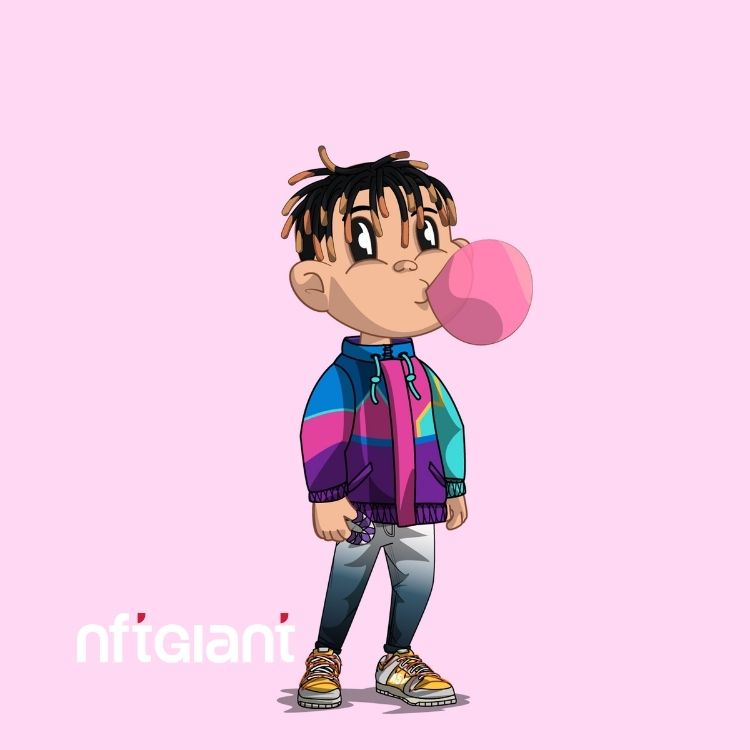Cryptocurrency users frequently have strong opinions on wallets.
Most people may agree that one of the major entrance hurdles for Web3 newbies is wallets due to the present state of custody issues, challenging seed words, and general user experience.
Some developers in the sector are upgrading the infrastructure to do so, despite the claims of numerous firms in the industry that they’re striving to make the process of establishing a wallet connection and buying a non-fungible token (NFT) easier.
More specifically, the Ethereum Blockchain, which already hosts several NFTs.
NFTs may now function as wallets on their own thanks to ERC-6551, an Ethereum Improvement Proposal (EIP) developed in February by a team of engineers and individuals from Web3 venture studio Future Primitive and NFT creation platform Manifold.
Consider a profile picture (PFP) NFT collection that complies with the ERC-6551 token standard as an illustration.
The NFT might hold such tokens if the collection has a native coin. The ERC-6551 protocol has the ability to hold derivative NFTs, including digital wearables, giving it the moniker “backpack” wallet.
The idea is already being used by protocols and initiatives in the area, despite the fact that it has not yet been formally recognized as a token standard.
The decentralized social media network Lens launched its most recent upgrade on Monday, enabling tokens with ERC-6551 support to manage their own accounts on the website.
ERC-6551s were integrated into the SAPIENZ NFT collection by Jeff Staple’s Web3 firm Stapleverse in May, enabling users to possess external NFTs through their token-bound accounts.
At the time of writing, there were about 3,775 ERC-6551 based accounts established, with more than 2,800 generated since the start of July, according to Dune Analytics data from SeaLaunch, a group of anonymous blockchain researchers.
Despite the favorable discussions around ERC-6551 tokens, some Web3 users continue to wonder what a token-bound account is for.
Why would someone require an NFT with a separate “backpack” wallet? ERC-6551s can encourage the growth of a new project ecosystem.
The standard has the ability to redefine usefulness throughout Web3 and can assist in resolving issues related to trading NFTs.

From EIP to ERC
ERC-6551 is primarily motivated by the goal to enhance Web3’s digital ownership infrastructure. It inspired the founders of Future Primitive, Benny Giang, and Jayden Windle, to create EIP-6551, which they used to not only further their own work but also to assist others in the field.
When trying to develop the technical stack to allow on-chain avatars to own their own digital apparel items, the team had the notion, according to Windle, who spoke to CoinDesk.
After spending several hours trying to come up with a solution, they had an idea: what if you could give NFTs wallets?
Windle stated he and Giang discovered the technology may be valuable to many collections and concepts outside of Future Primitive after establishing the infrastructure to do so for their own project.
“Our NFT project is cool, but every NFT should be able to own assets and take actions on chain” declared Windle.
This is when we understood that an EIP would be the most appropriate approach because they are created to promote consensus around a shared pattern and idea.
Then, together with co-authors Steve Jang and Raymond Huynh, Alanah Lam, the original Future Primitive product designer, Wilkins Chung, the creator of Manifold, and software developer Paul Sullivan, Windle and Giang wrote the ERC-6551 proposal.
The proposal claims that ERC-6551 is Ethereum Virtual Machine (EVM) compatible, which means that it may be used with layer 2 networks like Arbitrum and Optimism as well as sidechain Polygon.
Additionally, it may be used on top of an NFT built already using the ERC-721 token standard, which is a common choice for Ethereum NFTs.
ERC-6551 is the latest Ethereum standard which could completely transform the way we think about NFTs
— thirdweb (@thirdweb) May 9, 2023
Here's a full technical breakdown on ERC-6551 and 'Token Bound Accounts'.
Let's get you up to speed.👇🧵
The growing utility of ERC-6551
Developers in the area are already starting to implement a wide range of use cases made possible by token-bound accounts. Users can grant digital ownership to an object via a “backpack wallet,” which can take several forms across many Web3 sectors.
According to Giang, early applications for ERC-6551 NFTs include infrastructure tools, decentralized autonomous organizations (DAOs), gaming, and more.
The standard might enable in-game currency or collectibles for avatars in a Web3 game, or a DAO could give members more NFTs to represent their involvement or contributions.
Users of decentralized social networks might employ wallet-bound NFTs to represent their identities.
NFT loyalty schemes are as prepared for ERC-6551 as digital fashion may be. The technology enables wallet ownership to extend one step further, assisting companies in better structuring their Web3 interaction models, according to Fonz Olvera, CEO of Web3 ticketing platform Tokenproof.
“The parent token could be membership in a loyalty program, and the parent token could own points, stamps, or badges,” Olvera added. Beyond Web3 loyalty, he continued, ERC-6551 tokens might support NFT staking services, enabling token holders to generate passive revenue from their holdings.
The future of ERC-6551
As projects test out their own use cases of token-bound accounts, fresh examples of usefulness will probably appear before ERC-6551 graduates from its status as a proposal and become a true token standard.
According to SeaLaunch, the actual potential of token-bound accounts has not yet been completely realized.
As the ecosystem develops, we can anticipate their adoption to increase across additional use cases and sectors, opening up new horizons for wealth generation, ownership, and engagement.
However digital ownership is the primary function of a token-bound account.
On the philosophical side of ERC-6551 ownership, Stephenson told CoinDesk that it’s interesting because the story permits a digital asset to own its own on-chain assets.
According to him, the token-bound account still has a single user who is the owner of the wallet and all of its assets.
Technically, Stephenson said, “Why couldn’t the owner simply own both of those [NFTs] and pretend it’s part of the story?” It simply seems more natural to me to treat [the NFTs] as owning a thing if we’re going to treat them as real rather than arguing that the owner also happens to own both.
In this post, we’ve discussed the ERC-6551 in detail. We hope that this post helped you to understand NFTs better!
Nft Giant was created by Nft enthusiasts to help individuals who are new to the area or want to learn more about it.
If you want to learn more about NFTs then come visit Nft Giant from time to time for trending Nft news and Nft Guides. See you in the next article…











